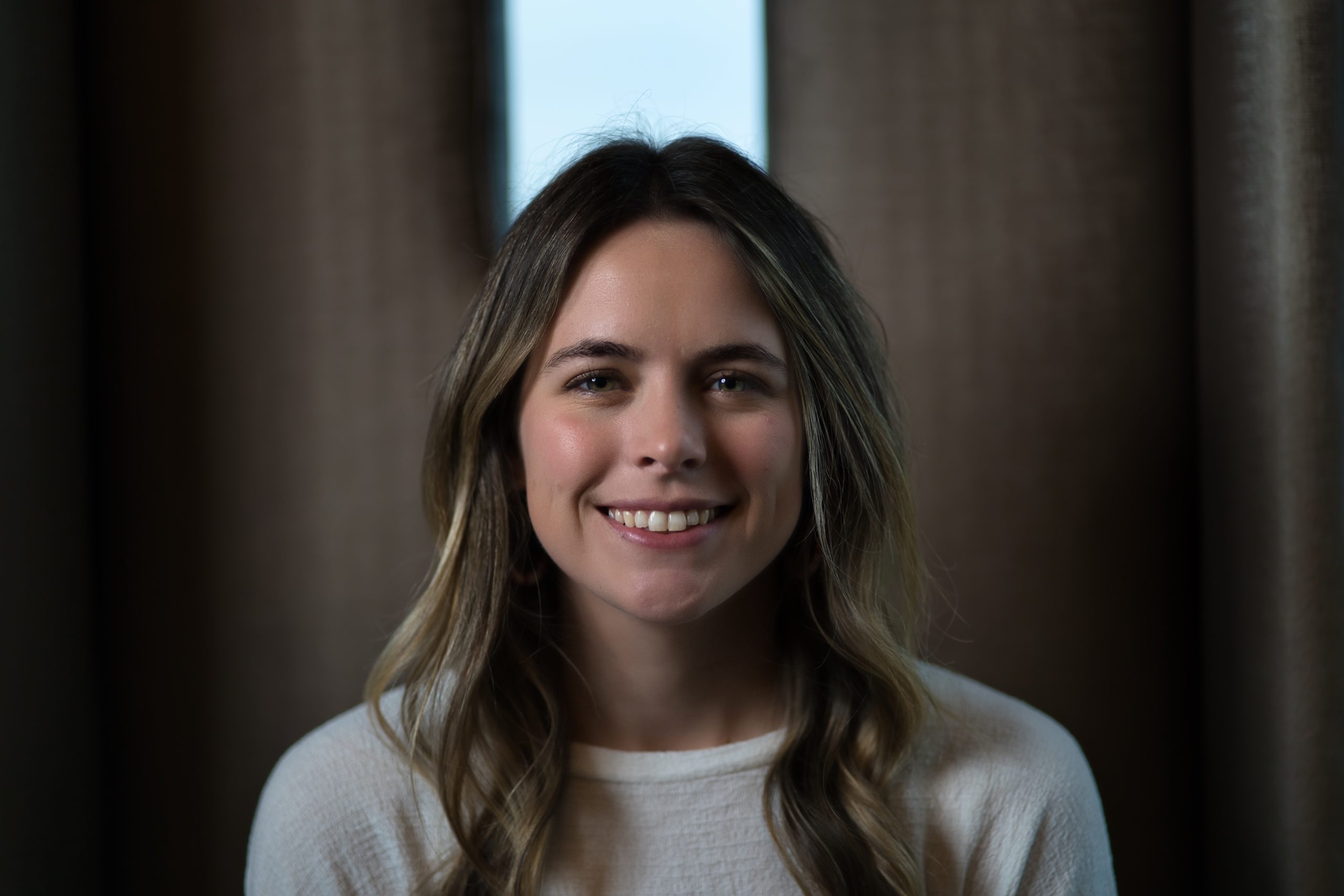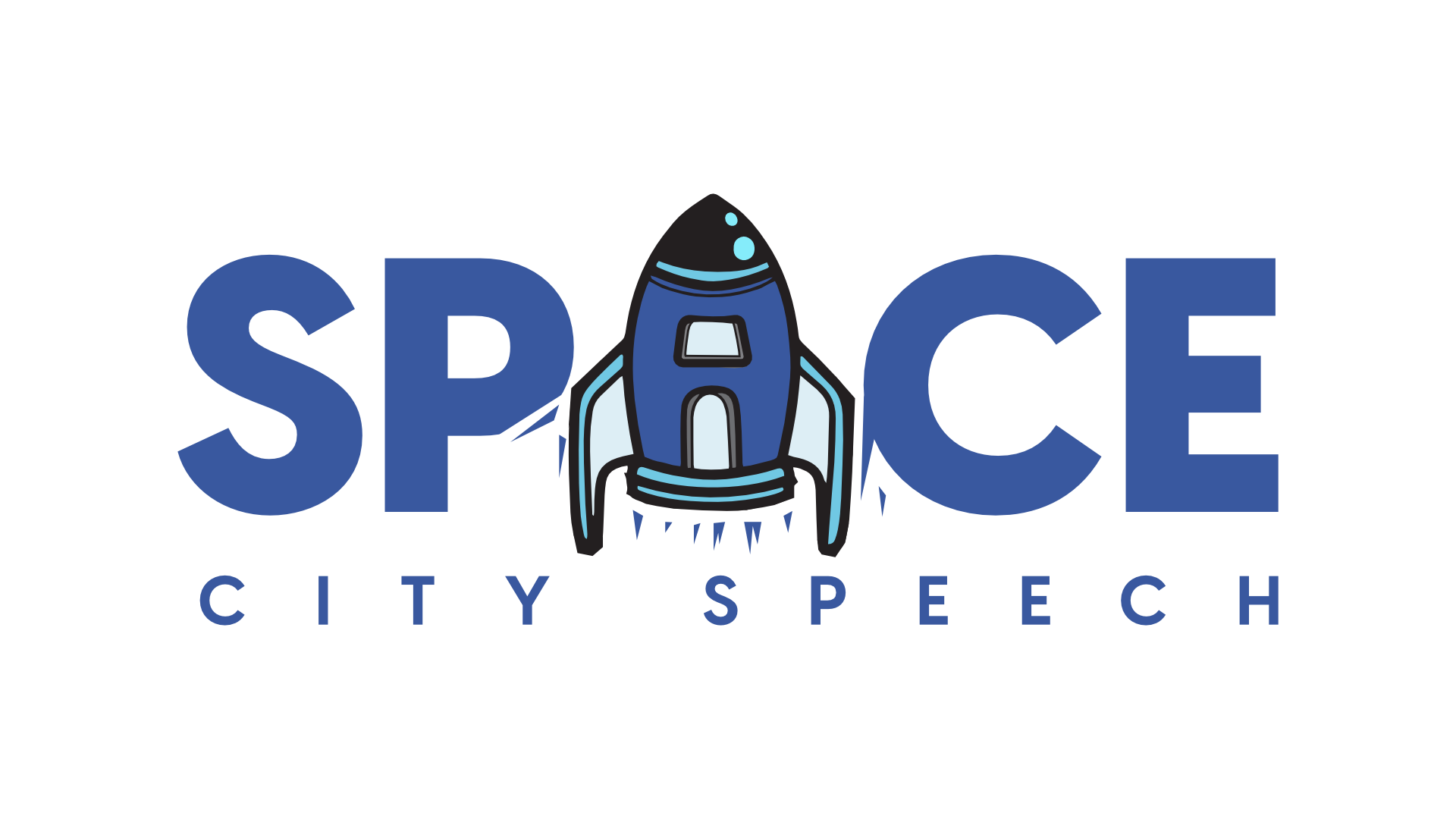Speech Sound Disorders

Space City Speech
We know that it can be upsetting for you and your child when others do not understand all of the amazing things they are saying. Generally, speech sound disorders are defined based on the presence or absence of systems within the disorders and then classified as either an Articulation Disorder or Phonological Disorder. Articulation and phonological disorders are both speech sound disorders. And as a parent, it can be difficult to know the distinction between the two.
What are Speech Sound Disorders?
Speech Sound Disorders refers to any speech disruption that impacts a child’s ability to be understood. These disorders can be a result of an underlying condition such as motor planning (apraxia), neurological deficits (dysarthria), structural differences (cleft lip, cleft palate, tongue tie) or hearing impairment. These disorders can also stand alone as an articulation disorder or phonological disorder.
What is an Articulation Disorder?
An articulation disorder is a type of speech disorder where individuals face difficulties articulating specific sounds. It primarily involves sound substitutions, omissions, additions, or distortions. indistinct speech, replacing one sound for another, or demeaning speech.
An articulation disorder happens when a child produces sounds with incorrect placement, speed, pressure timing, orand coordination of the articulators (lips, tongue, and teeth). The result is a mispronounced sound that could mean a speech sound disorder.
It is age-appropriate for children at a given age to be having some mistakes with certain sounds. However, there are developmental norms and a sequence for how speech sounds should develop.

“just wow”
Lorem ipsum dolor sit amet, consectetur adipiscing elit, sed do eiusmod tempor.

“i’ll never go anywhere else”
Lorem ipsum dolor sit amet, consectetur adipiscing elit, sed do eiusmod tempor.

“Life changing”
Lorem ipsum dolor sit amet, consectetur adipiscing elit, sed do eiusmod tempor.
What are four types of articulation disorder?
Additions
This type of articulation disorder is where the person habitually adds an additional sound or syllable.
Example: “buhlack” rather than “black”
Substitutions
This type of articulation disorder is where children substitute one sound.
Example: “wabbit” instead of “rabbit” or “yeyow” for “yellow”
Distortions
Distortions are articulation disorders where the person struggles to articulate a sound perfectly and ends up actually distorting the sound. Generally, the parts are mostly there, but they are a bit wrong.
Examples: “shlip” instead of “ship”
An interdental “s” by which the “s” sound is produced with the tongue thrusting between teeth. The typical wrong sounds are “l,” “r,” and “s.”
Omission
Another articulation disorder wherein there is a sound deletion of the word.
Examples: “at” for “hat” and “oon” for “spoon”
What is a Phonological Disorder?
A phonological disorder is when a common systematic error is seen on more than one sound. Errors follow a pattern and are not focused around a specific sound. Children with phonological disorders may be able to say certain sounds in isolation or only in specific word positions.

“just wow”
Lorem ipsum dolor sit amet, consectetur adipiscing elit, sed do eiusmod tempor.

“i’ll never go anywhere else”
Lorem ipsum dolor sit amet, consectetur adipiscing elit, sed do eiusmod tempor.

“Life changing”
Lorem ipsum dolor sit amet, consectetur adipiscing elit, sed do eiusmod tempor.
What is an example of phonological disorder?
Some children will not be able to utter any sounds, causing their speech to be unclear. For example:
- May remove one or more sounds at the beginning of words (such as “og” instead of “dog”)
- A consonant at the end of a word is omitted (like “bi” instead of “big”)
- Use a certain error pattern in their speech (such as switching all “f” sounds to “p” sounds, and the child may say “plower” for “flower” and “deap” instead of “deaf”
In general, the child will start learning words and sounds a bit later compared with kids of his age. For example, when your child reached the age of 5, he was just beginning to say simple sentences; this may be a hint of a phonological disorder.
How to help a child with Phonological disorder?
If your child has a phonological disorder, expert speech therapy is needed, and a competent SLP will formulate a tailor-made therapy plan to treat your child’s particular disorder and condition.
Successful therapy for phonological disorders concentrates hugely on building a child’s awareness of the speech disorders, learning the right production of sounds by following the speech therapist’s mouth, and utilizing various verbal and visual cues.
Speech therapy for children aims to allow more distinct speech and the confidence needed to use their new skills in daily life.
Treatment
First of all, treatment for Articulation & Phonological Disorders needs evaluation and diagnosis by a Speech-Language Pathologist. An SLP usually conducts a formal test to examine the child’s pronunciation of all sounds in various contexts. They will also usually screen examine language, voice, and fluency skills to check general communication skills. They may evaluate the strength and coordination of speech muscles to make sure that sound disorders are not due to difficulties with structure of function of the oral musculature.
Treatment for articulation disorders may include showing how to produce the sound accurately, learning to recognize which sounds are correct and incorrect, practicing to self-correct mistakes, and learning sounds in several words. Phonological process treatment may require explaining the rules of speech to people to help them pronounce words perfectly. Targeting the phonological processes, contrary to focusing on every error sound by sound (like in the traditional articulation method), typically develops speech clarity faster for kids with phonological disorders.
If you are worried about your child’s speech and think they may have an articulation or phonological disorders, please don’t hesitate to call me for a free virtual consultation!
Have questions?
Virtual Speech Therapy is a convenient resource that will assist you or your loved one in developing language and communication skills wherever you are. Delivering speech therapy to an online context reduces such difficulties as travel, lobbies, and lost time.
If you want a briefing kit including quotes or have some inquiries regarding obtaining online speech therapy for your child or loved one and wish to talk, please don’t hesitate to call me at (540) 325-6375. You may also email me at he***@sp*************.com.
Call Now and Let’s Meet Virtually!
If you are worried about your child’s speech and think they may have articulation and phonological disorders, please don’t hesitate to call me for a free virtual consultation!
